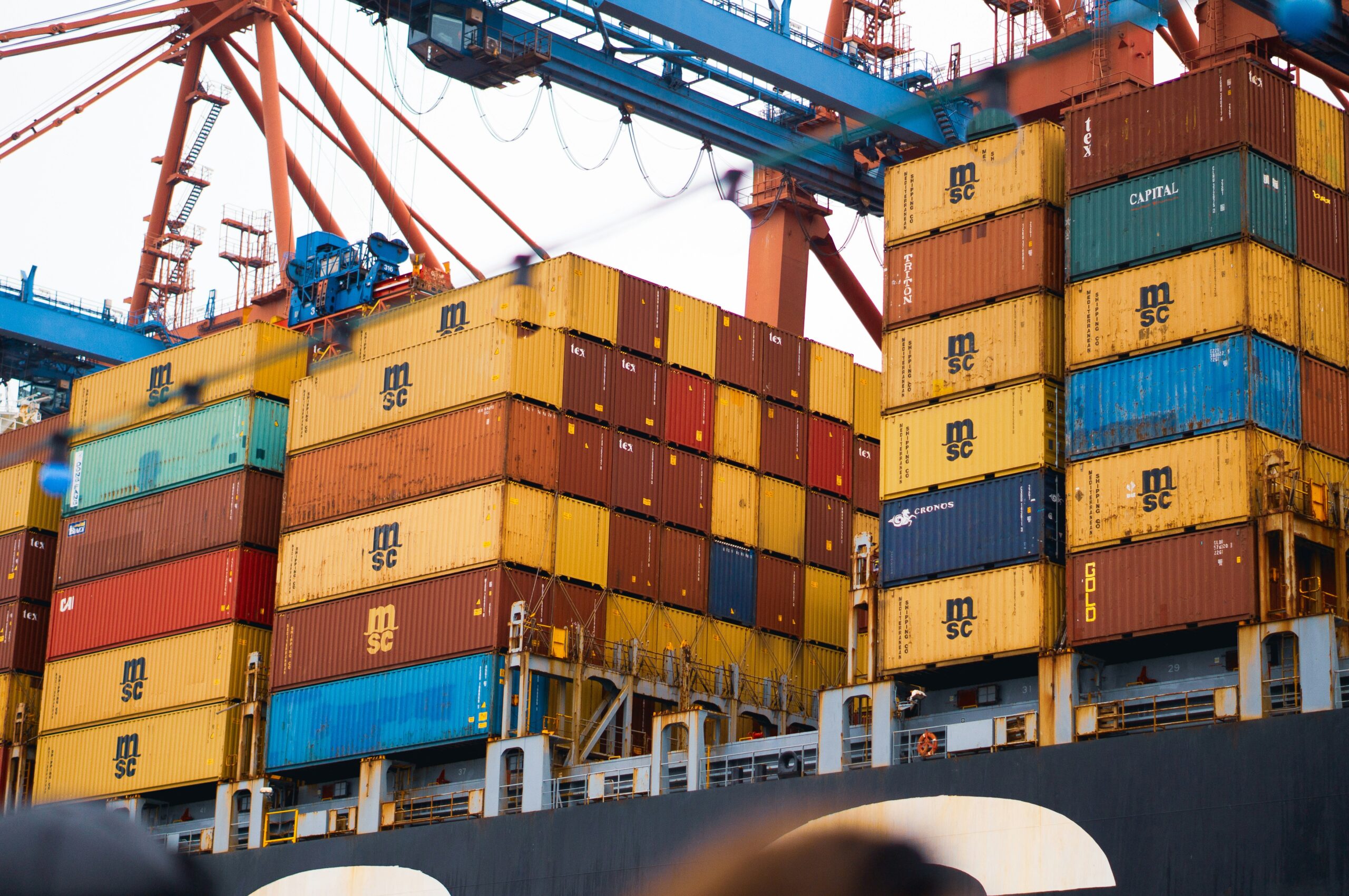Costa Rica is a small country that welcomes international capital and trades in products and services. Costa Rica had multiple free trade accords in place by 2016, governing the nation’s economic interactions with forty-nine countries. As a result, Costa Rica sells 80% of its goods to governments with international trade deals.

Commercial agreements with the following countries are among Costa Rica’s free trade agreements:
United States
The deal between the United States and Costa Rica was one of the most widely debated global commerce accords in Costa Rica. Since the FTZ entered into force in 2019, overall goods commerce between Costa Rica and the United States has grown at 4.3 percent. Costa Rican exports increased by 5.2 percent year over year, from $2.9 billion in 2009 to $4.2 billion in 2016. Imported goods from the United States climbed from $4.7 billion to $6.1 billion throughout the same time. From 34% of Costa Rica’s abroad shipments in 2009 to 40% in 2016, the United States has become a more popular market for Costa Rican products.
Singapore
Since the free trade agreement with Singapore was concluded in 2013, overall goods commerce with these Asian countries has decreased at a yearly pace of 12%. While Costa Rican purchases of Singaporean items increased by 1.2 percent per year between 2013 and 2016, Costa Rican sales to Singapore decreased by 25.7 percent.
Peru
The pact with this South American country is the second in a series of fair economic accords signed by Costa Rica in 2013. Since then, total commerce between the two countries has grown at a yearly rate of 8.1 percent on average. Costa Rican exports to Peru expanded at a 9.1% annual pace following the ratification of the FTA, while imported goods increased at an 11.1 percent yearly pace.
Mexico
Costa Rica’s first free economic deal was with Mexico. In 1995, the agreement with its northern neighbor went into effect. Since then, overall trading between the two allies has grown at a yearly rate of 9.5 percent on average. When each trading element is examined separately, the figures show that trade expanded by 13.1 percent on average in comparative figures.
European Union
One of Costa Rica’s most significant trade allies in the European Union. In 2013, the two parties established a free trade agreement. Since then, total commodities trade involving Costa Rica and the European Union has increased by only 5%. The steadiness of Costa Rica’s trade ties with Europe can be justified by the latter’s GDP stagnating.
Dominican Republic
The conclusion of one of the former’s multi-country Costa Rican treaties resulted in the establishment of free commerce among Costa Rica and the Dominican Republic. Since 2002, when Costa Rica and the Dominican Republic established free trade ties, overall goods commerce between the two countries has increased by 10.2 percent.
China
Since 2011, total products transaction with China has increased by 8.1 percent. Imports from China increased by 12 percent following the FTA’s implementation. Imports from China, on the other side, increased by 10.1 percent on average.
Chile
As the FTA connecting Chile and Costa Rica came into operation in 2003, total product commerce between the two countries has expanded at 10.4 percent each year. Between 1996 and 2001, exchange among Chile and Costa Rica increased at a significantly lesser speed (3 percent per year). Costa Rican sales to its South American trade companion surged by 13% year over year following the FTA, and imports rose at a 10% yearly pace.
Caricom
The FTA with CARICOM is one of the Costa Rican trading blocs that governs interactions between the country and a union of nations. CARICOM is made up of four countries. The deal was struck in 2005.
Canada
Following the implementation of the trading relationship between Costa Rica and Canada, overall trading between the two nations has increased by 7% every year. Costa Rican exports to Canada surged by 9.7%, while Canadian imports increased by 6.2%.



